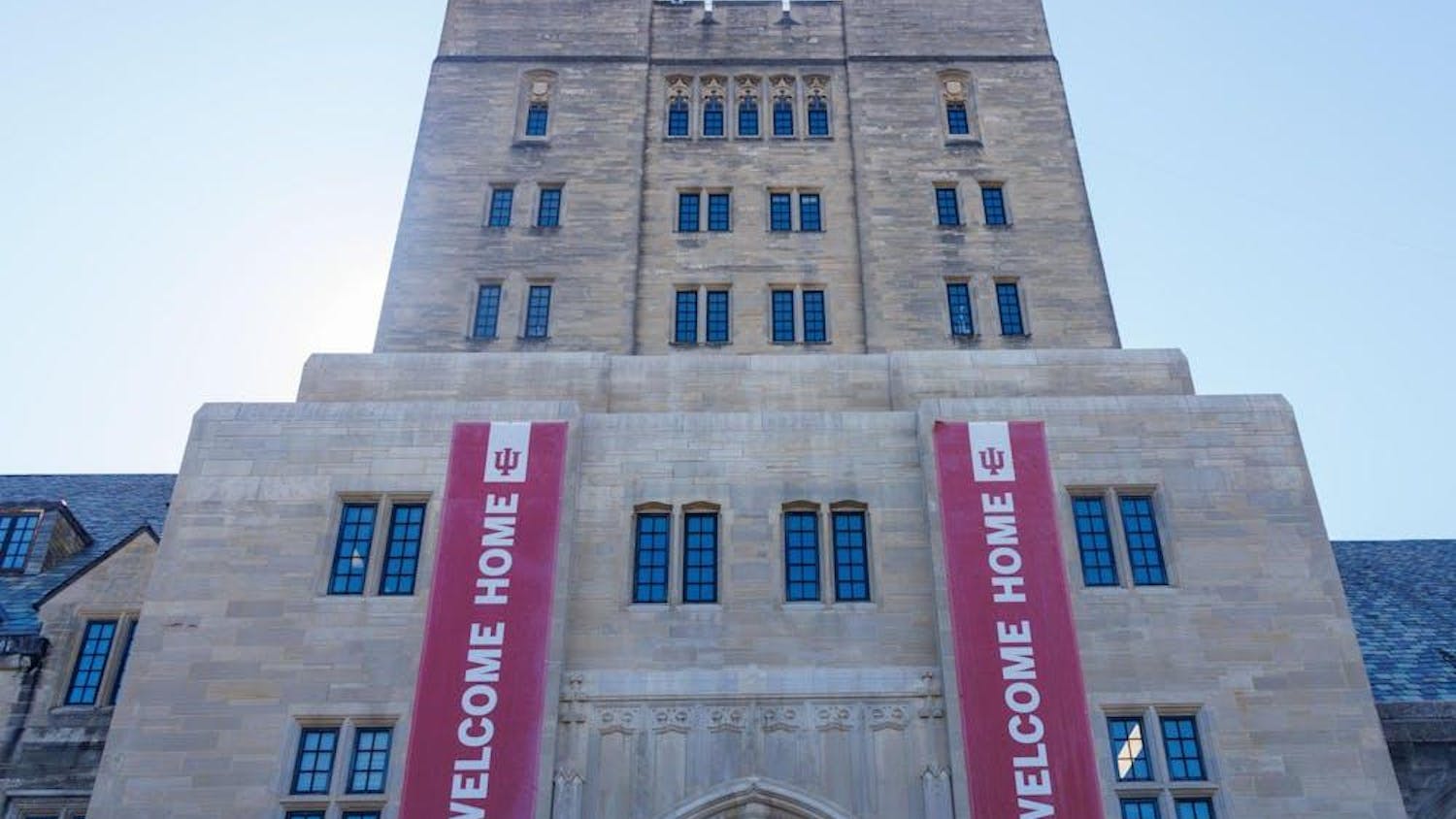Sunday marked the 218th anniversary of President John Adams’ appointment of John Marshall to serve as the fourth chief justice of the United States. Marshall remains the longest-serving chief justice ever and is regarded as one of the most important jurists in American history.
This is a good opportunity for everyone to take the time to engage in the Supreme Court. As citizens, we should all better acquaint ourselves with the third branch of government and the individuals that make it up. Focus on Congress and the president is important, but we should not overlook the importance of the Supreme Court.
On the first floor of the Supreme Court, underneath the Great Hall and Courtroom at the end of the main hallway that acts as a walk-through museum, there is a larger-than-life statue of Marshall. Behind him are quotes engraved in marble from some of his most lasting and important opinions in American law.
The statue of Marshall is the first checkpoint attorneys arguing before the court have the morning of their oral argument. Arguing counsel gather, inadvertently, near the statue waiting for their colleagues to arrive, chatting with their opposing counsel and preparing to present their arguments to the justices before being escorted upstairs to the Courtroom.
For lawyers and scholars, Chief Justice Marshall represents an influential legal mind who has shaped constitutional interpretation through his lasting opinions. For the average American, John Marshall represents something equally as significant — he is a window into the most misunderstood and least visible branch of government.
We are taught about John Marshall in high school when we learn about the courts’ power of judicial review in Marbury v. Madison. He is the some of the first exposure students have to the Supreme Court and the justices that make it up.
Americans' relationship with the Supreme Court is dismal, and most often on display during the bitter confirmation hearings we’ve become so accustomed to. But the court is much more than what we can see, at least on TV.
The fact is that most people aren’t listening to the audio of the oral arguments from the Court’s most recent sitting or waiting in line for hours outside the Court to catch a glimpse of an oral argument. In 2017, only 43 percent of American voters were able to name a Supreme Court Justice.
To some degree, I think the Court’s isolation is a good thing. According to the justices themselves, cameras would only serve to sensationalize the court without the appropriate context. The integrity of the third branch is arguably preserved by its separation from large-scale exposure and media scrutiny.
That is not to say the Supreme Court doesn’t deserve scrutiny It does, and it should. However, the Court must also operate with a degree of independence, isolation from the rest of government, and a significant level of privacy so as to maintain its integrity as a separate but co-equal branch of government.
Chief Justice Marshall asserted the Court’s status as a co-equal branch with the ability to place constitutional checks on Congress in Marbury v. Madison. This forever changed American courts and paved the way for future rulings in cases like US v. Windsor.
So, let’s appreciate Chief Justice Marshall for the creation of judicial review, but also for providing a window inside the Supreme Court. He is the first justice we learn about in our high school government classes, and he is the first Justice who greets you when you enter the Supreme Court.
To celebrate, engage yourself in the Court, learn about the Justices, and understand how, even though you can’t always see it, the Supreme Court shapes the way we live. Case in point: did you notice you’re paying a state sales tax with online orders now?






